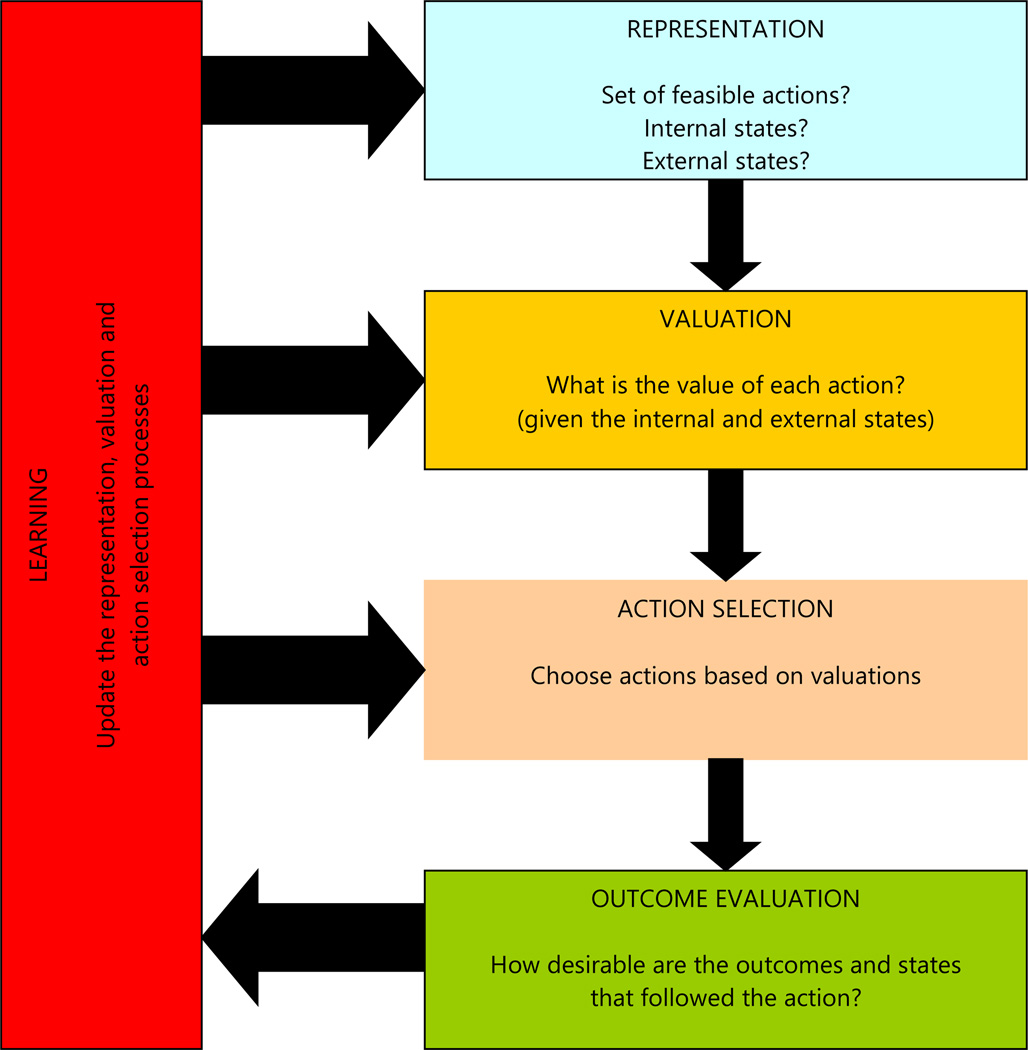Figure 1. Basic computations involved in making a choice.
Value-based decision-making can be broken down into five basic processes: first, the construction of a representation of the decision problem, which entails identifying internal and external states as well as potential courses of action; second, the valuation of the different actions under consideration; third, the selection of one of the actions based on their valuations; fourth, after implementing the decision the brain needs to measure the desirability of the outcomes that follow; finally, the outcome evaluation is used to update the other processes in order to improve the quality of future decisions.

